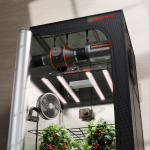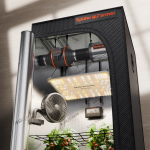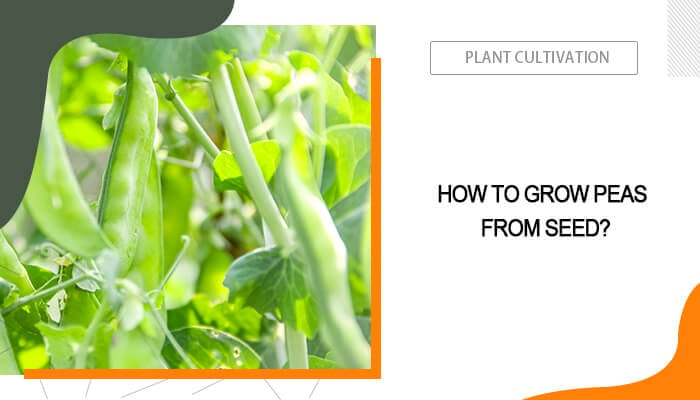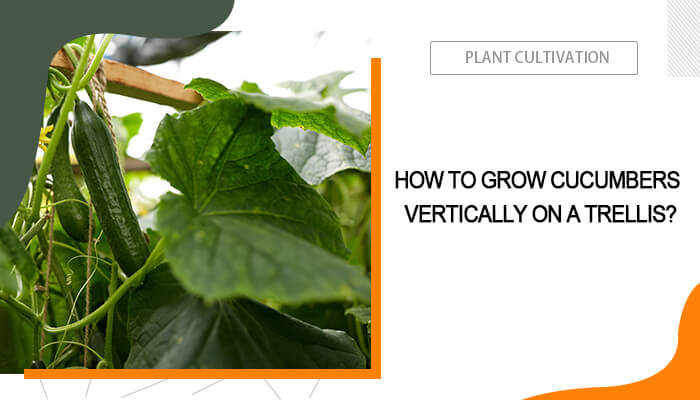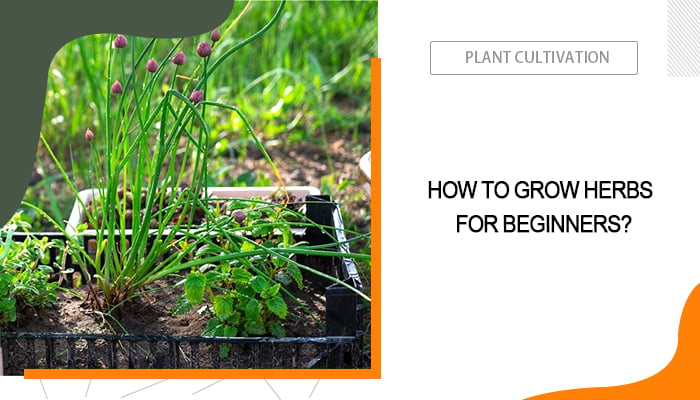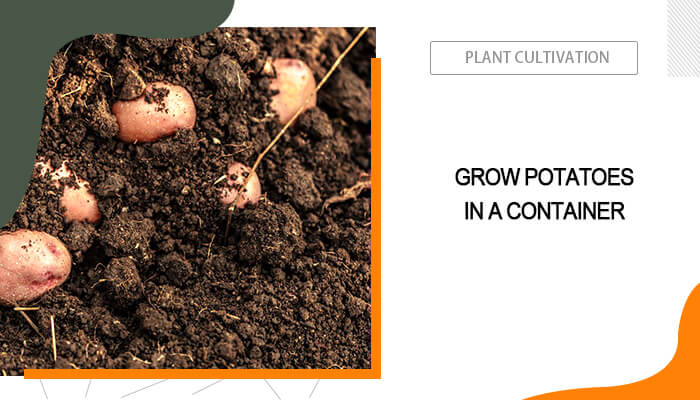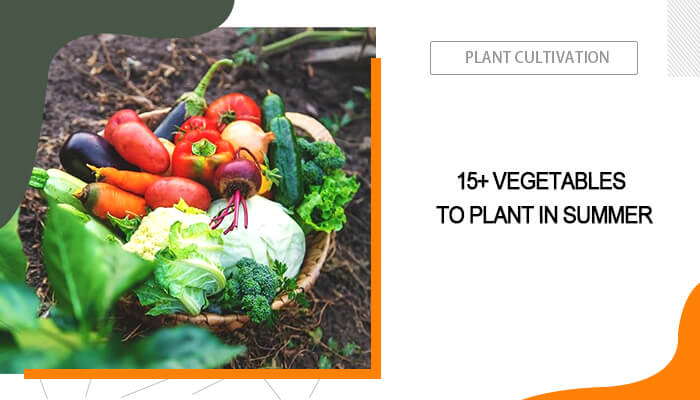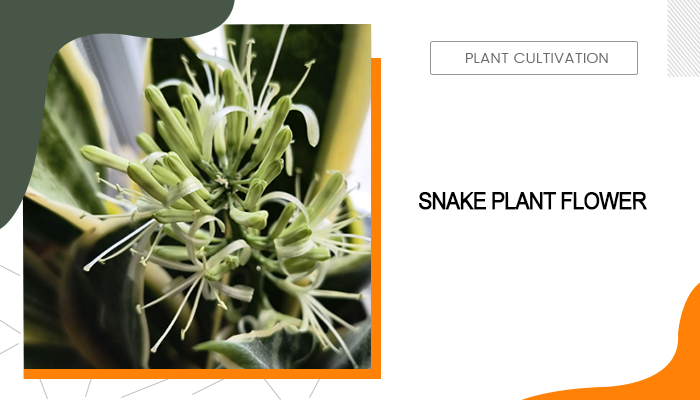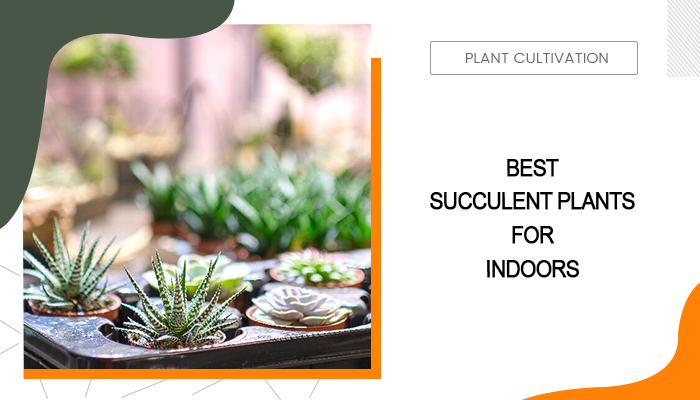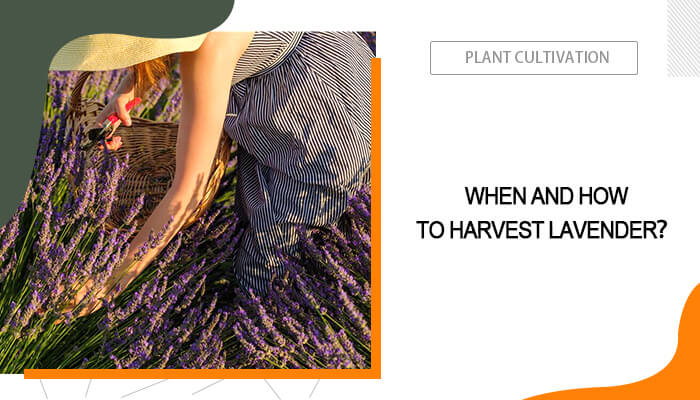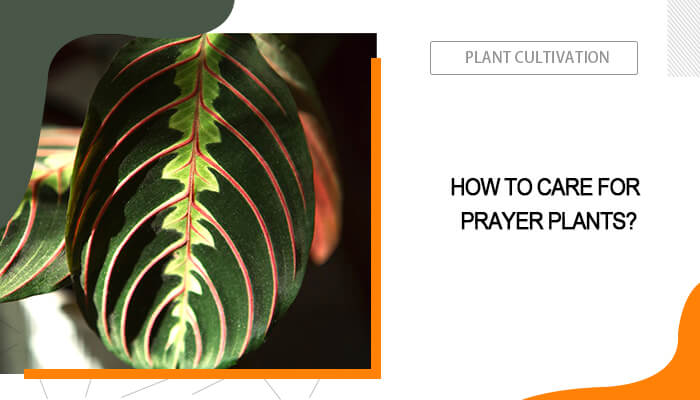Looking to grow peas but have no idea where to get started? This beginner-friendly guide covers everything from choosing the right seeds and soil to planting, caring for, and harvesting your pea plants.
Peas are hardy plants that thrive in cool weather. This means you can plant them early in the spring or in the fall, depending on your region. They are also versatile, with many varieties to choose from, including bush peas that grow compactly and pole peas that climb.
Whether you have a small garden plot or a large backyard, peas can be successfully grown in your space with the right growing techniques. This guide will walk you through the essential steps to successfully grow peas. With a little patience and care, you'll be enjoying fresh, homegrown peas in no time.
Table of Contents
Do Peas Need a Trellis?
Peas do not necessarily need a trellis. This largely depends on the variety. Climbing peas, such as sugar snap and shelling peas, will benefit greatly from a trellis. They have tendrils that naturally seek support, which allow them to grow vertically and produce higher yields. A trellis also improves air circulation and reduces the risk of disease.
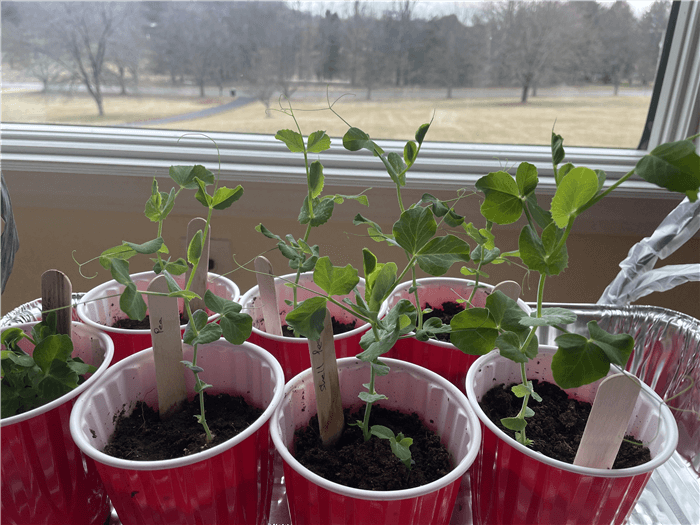
Do Peas Need a Trellis?
On the other hand, some pea varieties, such as dwarf or bush peas, do not require a trellis. These plants are more compact and can grow well without additional support. However, even bush peas can benefit from a small support structure if they become top-heavy with pods.
When to Plant Garden Peas?
The best time to plant garden peas is in early spring, as soon as the soil is ready for planting. More specifically, it’s 4-6 weeks before the last expected frost date. This enables the peas to mature during the cool weather, as their growth and pod production decline when temperatures exceed 70°F. For a fall harvest, plant peas about two months before the first expected fall frost.
How Long Does it Take for Peas to Grow?
Generally, it takes about 60 to 70 days for peas to grow from planting to harvest. However, this also varies depending on the specific variety of peas you’re growing. Some varieties may mature in as little as 55 days, while others might take up to 75 days.
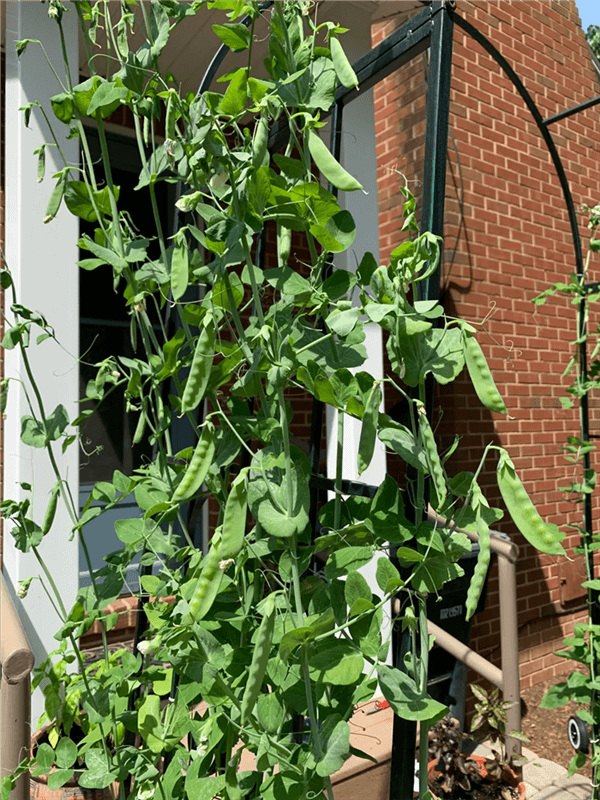
How Long Does it Take for Peas to Grow?
So, how do peas grow? The growth timeline includes several stages: germination (7-14 days), seedling development, vegetative growth, flowering (around 30-40 days after planting), pod formation, and finally, maturation.
How Do You Grow Peas?
From preparing the soil to harvesting the peas, it might take several steps to grow peas from seed.
By following these steps, you can enjoy a bountiful pea harvest. Happy gardening!
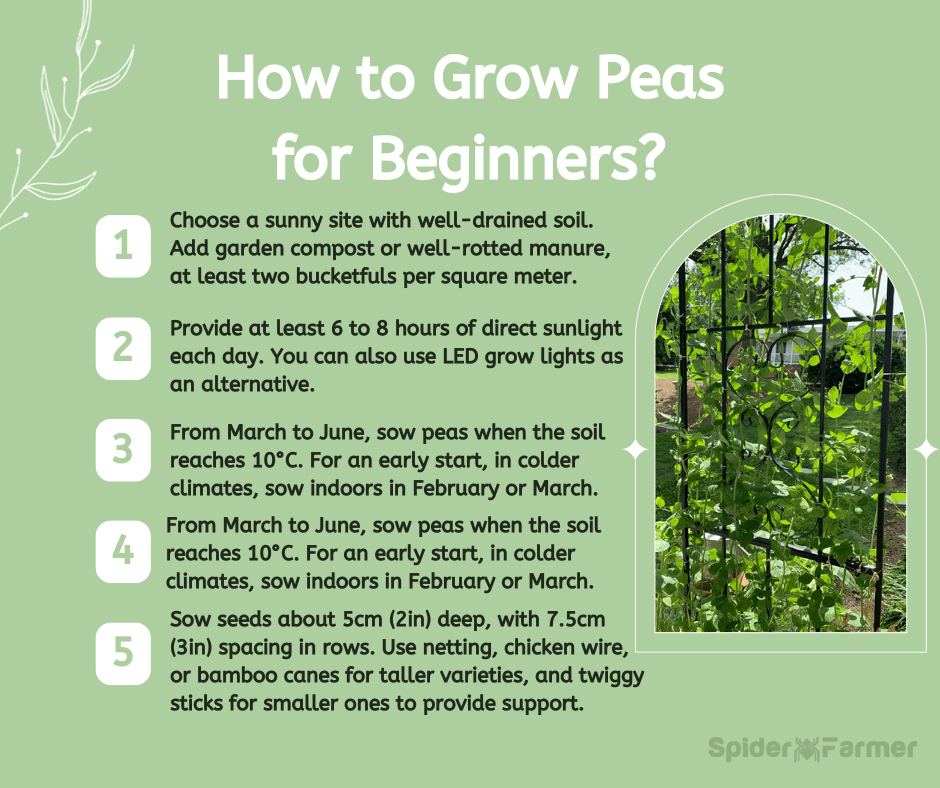
How Do You Grow Garden Peas?
Prepare the Ground
Choose a warm, sunny, and sheltered site with well-drained soil. Prepare the area by adding garden compost or well-rotted manure, at least two bucketfuls per square meter. This should be done a few weeks before sowing to allow the soil to settle.
Provide Sufficient Light
Peas require full sun to grow well. This means they need at least 6 to 8 hours of direct sunlight each day. Morning sunlight is particularly beneficial as it provides gentle warmth and helps dry dew, reducing the risk of fungal diseases. If you live in an area with insufficient sunlight, consider using an LED grow light as supplemental lighting.
Sow Peas
From March to June, you can directly sow peas outdoors when the soil reaches about 10°C (50°F). For an early start, especially in colder climates, sow indoors in February or March using deep modular trays or pots filled with peat-free compost. Sow seeds about 5cm (2in) deep, with 7.5cm (3in) spacing in rows. For taller varieties, use a double row with 30cm (1ft) between them, and for shorter varieties, a triple row in a flat-bottomed trench.
Plant Out
Transplant indoor-grown seedlings outdoors when they are about 20cm (8in) tall, hardening them off first. Plant them 7.5cm (3in) apart, taking care not to disturb the roots.
Provide Support
Most peas, except dwarf varieties, need support. Use netting, chicken wire, or bamboo canes for taller varieties, and twiggy sticks for smaller ones. Ensure supports are sturdy, especially for varieties that can grow up to 1.8m (6ft) tall.
Watering and Care
Peas generally don’t need much watering except in dry spells. However, water them well once they start flowering and again two weeks later to help the pods swell. Avoid wetting the leaves to prevent fungal diseases. Mulching with garden compost can help retain soil moisture and deter grass.
Harvest
Peas are ready to harvest when the pods are plump and the peas inside are round and firm. Harvest regularly to encourage more production.
FAQs About Growing Peas from Seeds
By the end of the post, we’ll offer some tips on growing peas from seeds.
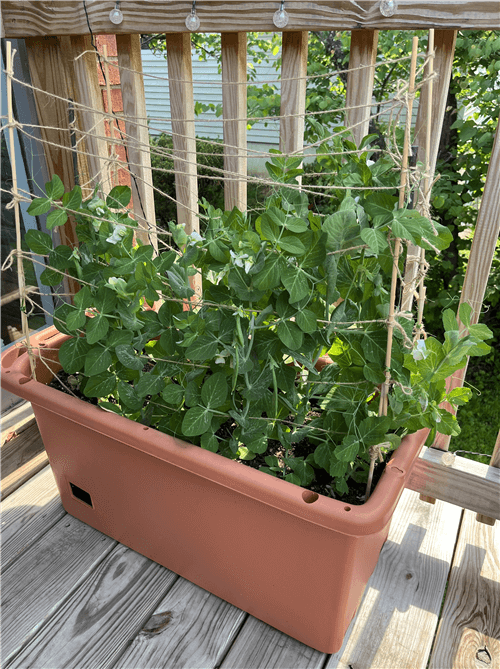
FAQs About Growing Peas from Seeds
How Tall Do Garden Peas Grow?
Garden peas grow to different heights depending on the variety. Bush peas typically reach heights of 18 to 30 inches (45 to 75 cm), while pole peas can climb up to 4 to 6 feet (1.2 to 1.8 meters) or even taller with the help of a trellis or support.
There are some specific examples:
- ‘Green Arrow’ and ‘Lincoln’: These bush varieties grow to about 2 to 3 feet (60 to 90 cm) and do not require support.
- ‘Wando’: Another bush variety that grows to a similar height.
- ‘Sugar Snap’: This climbing variety can reach up to 6 feet (1.8 meters) and benefits from a trellis.
- ‘Mammoth Melting Sugar’: A tall variety that can grow up to 4 to 5 feet (1.2 to 1.5 meters) and requires support.
- The height of pea plants is influenced by factors such as the variety, sunlight, soil conditions, watering, and temperature. Providing optimal growing conditions can help maximize the height and yield of your pea plants.
What should not be planted next to peas?
When planning your garden, it's important to avoid planting certain plants next to peas, as they can negatively impact their growth and health. Here are some plants you should not plant next to peas:
- Onions: Onions release growth-inhibiting substances into the soil, which can stunt the growth of peas. They also compete for similar nutrients, which can lead to reduced yields.
- Garlic: Similar to onions, garlic produces chemicals that can hinder the growth of peas. These allelopathic substances can damage the root development of peas.
- Chives: Chives, being related to onions and garlic, share similar growth-inhibiting properties that can affect pea plants. They also compete for nutrients.
- Shallots: Shallots emit growth-inhibiting substances that can make peas struggle to thrive. They also compete for water and nutrients.
- Leeks: Leeks release chemicals that can suppress pea growth. Their extensive root systems draw nutrients away from peas, limiting their growth potential.
- Fennel: Fennel releases a compound that can significantly inhibit the growth of neighboring plants, including peas. It also competes for soil nutrients.
- Sage: Sage’s root secretions can negatively impact the growth of pea plants nearby. Additionally, sage can overshadow peas, blocking sunlight and further stunting their growth.
- Broccoli: Broccoli competes intensely for nutrients and space, often overshadowing peas with its large leaves. This competition can result in stunted pea growth and reduced yields.
- Mint: Mint is a vigorous grower that can quickly take over garden space, crowding out more delicate plants like peas. Its a ggressive nature means it can easily overshadow pea plants, depriving them of sunlight and space.
- Potatoes: Potatoes have a sprawling growth habit that can infringe on the space and light peas need to grow properly. Additionally, potatoes share susceptibility to several diseases that can also affect pea plants.
Conclusion
In conclusion, growing peas from seed is a fulfilling and relatively simple gardening endeavor that offers a rewarding harvest. By selecting the right variety for your climate and space, preparing the soil properly, and providing the necessary support and care, you can enjoy a bountiful crop of fresh peas. Remember to plant your seeds at the appropriate time, ensure they receive adequate sunlight and water, and monitor for any potential issues. With a little patience and attention, you'll soon be reaping the delicious rewards of your efforts. Happy gardening!

